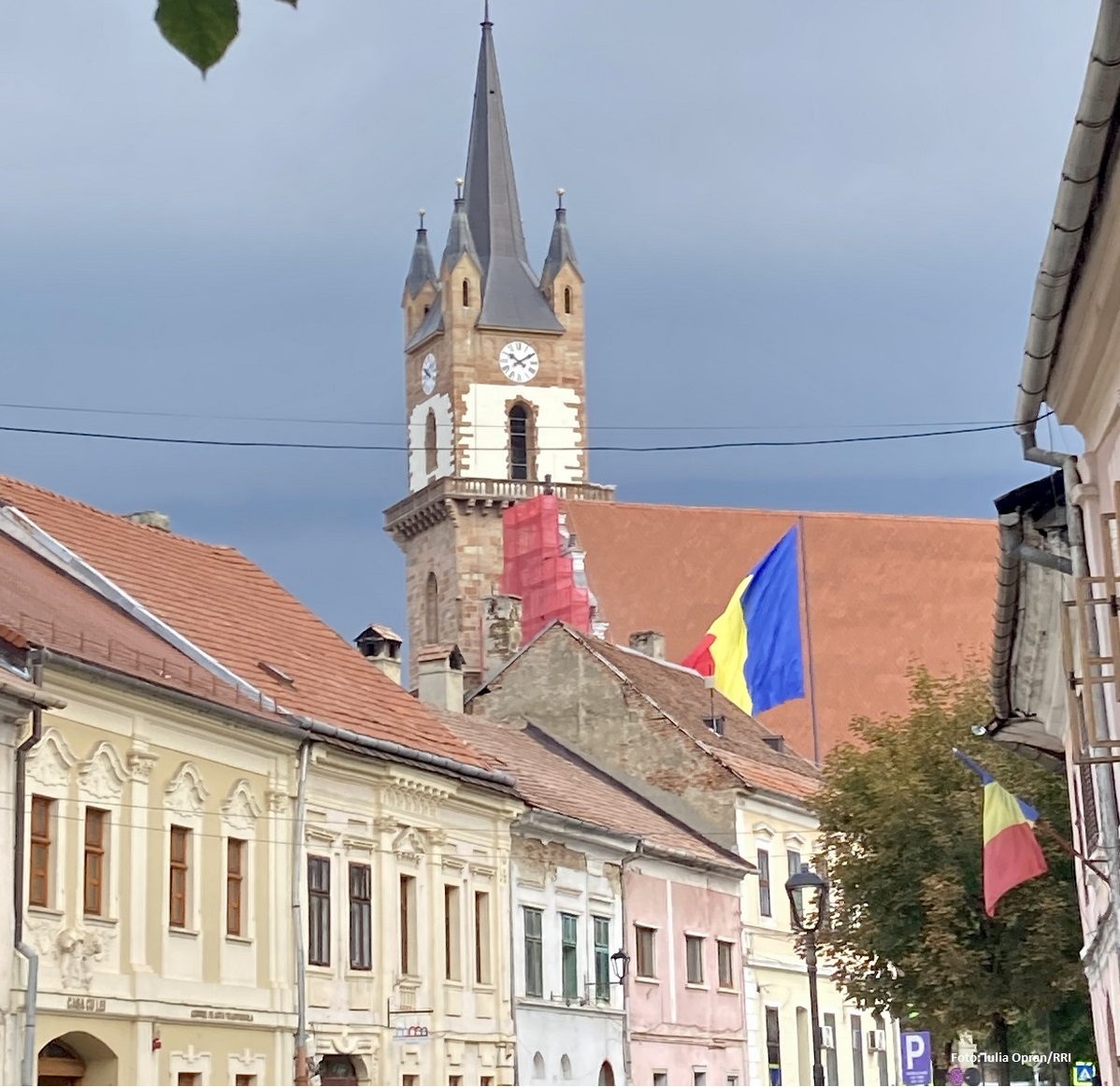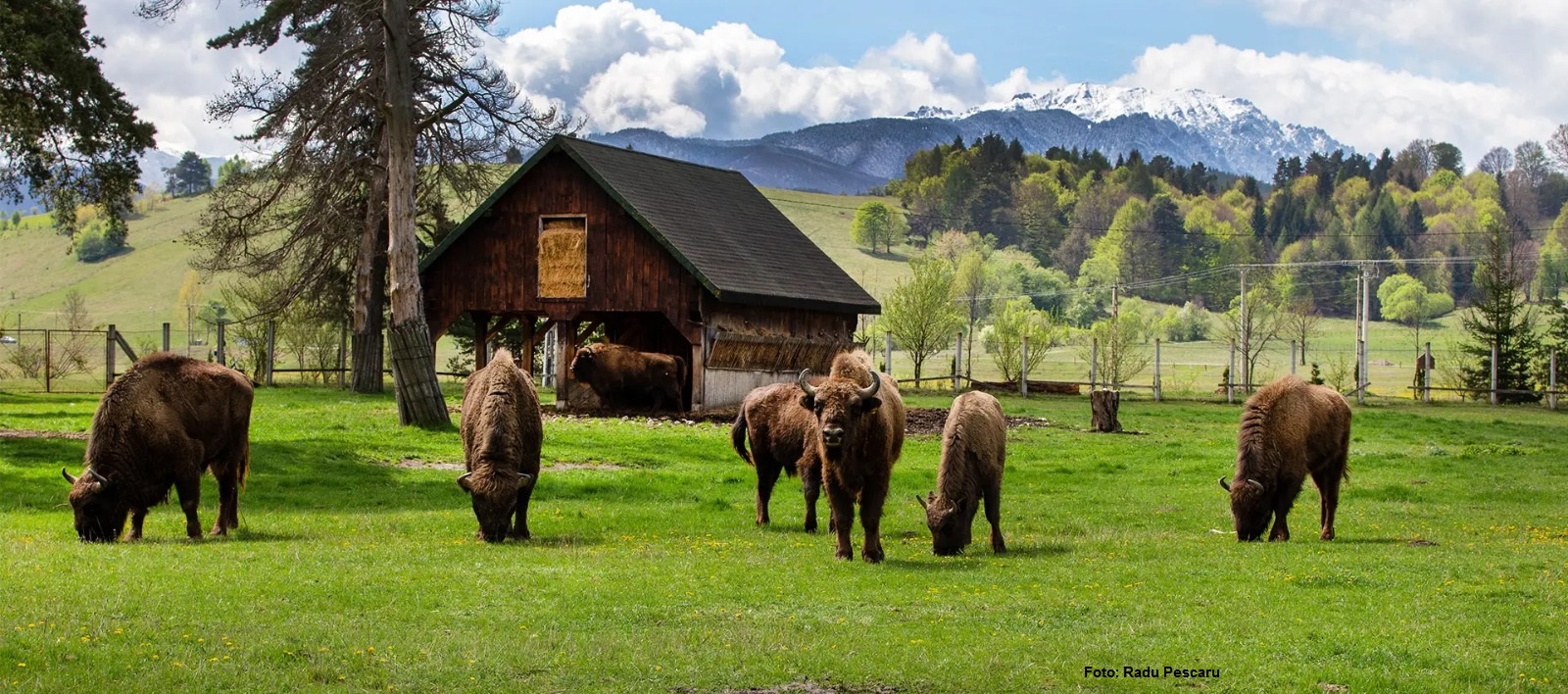Ecotourism in Romania
A summary of ecotourism spots in Romania

Daniel Onea, 24.09.2020, 13:00
More and more tourists choose to spend their vacations in ecotourism destinations, in the middle of nature, with utmost respect for the environment. Romania boasts a few such destinations, known for a very long time, both original and diverse. Bogdan Papuc, executive director of the Ecotourism Association of Romania, said that this type of tourism has developed a lot in the last 20 years, based on the initial core of such type of tourism, Piatra Craiului National Park, close to the city of Brasov:
“Now we can talk about several ecotourism areas across the country, because it has now been developed all over. According to the definition, it is important that ecotourism has always been tied in this country to a protected nature area. There has been a domestic evolution as well, because Romanians have increasingly been traveling to protected areas. This can be seen in the growing interest taken in small-sized accommodation, in rural areas. People are increasingly fleeing the so-called comfort of large urban areas, seeking experiences typical of traditional rural areas. For most tourists, these are peasant houses turned into local B&Bs. As for the foreign market, this has been growing constantly, and that manifests in growing interest for cycling tourism, rafting, and many such activities. Right now, Romania is known on many European markets as a nature destination, for bird watching and for fauna watching, mostly bears.”
Right now there are four major national areas recognized as dedicated ecotourism areas, because Romania is one of the few countries in the world that has a government endorsed system of certifying ecotourism areas, as Bogdan Papuc went on to tell us:
“These are Eco Maramures, a smaller area in the historic Maramures region, close to the Roosters Crest, in the Gutai Mountains. Then we have Dorna Country and Auroch Country. The latter is an area close to the town of Targu Neamt, with the Vanatori Neamt Nature Rserve. Here we had the first aurochs, Romanian bisons, that were released back into the wild. And finally we have Hateg-Retezat Country. There we have several superlatives, in terms of nature conservation. There is the first nature reserve ever declared, Retezat Nature Reserve, the only UNESCO geopark in Romania, with its Dinosaur Park, as well as the Gradistea Muncelului Cioclovina Nature Reserve. It is important that these areas, besides being protected officially, have a tourism offer that always includes nature. For instance, in Dornelor Country, the Calimani Nature Reserve has a top notch visitor center, which can offer a great experience for travelers of all ages, but which also includes programs to watch animals in the wild. Depending on the season, you can watch mountain roosters, as well as wild deer. This is an opportunity to take advantage of our licensed guides, and to spend your vacation in the middle of nature, looking for wild animals.”
Vanatorii Neamt Nature Reserve is much more than the place where the first aurochs were released into the wild. It stretches over more than 31,000 hectares of which 26,000 are forested. It is home to a huge diversity of natural riches, as well as other tourist objectives. One is Agapia Monastery, which could be the starting point for an hours long walk on forest trails, or Neamtului Monastery, which is a straight line to the bison reserve. The local tourist center is the best starting point for such an endeavor.
Bogdan Papuc, executive director of the Ecotourism Association of Romania, told us that he would love to further develop these areas, but also so-called destination management, which would increase the number of foreign tourists:
“We keep in touch with foreign tourists all the time. In our association we have tourist agencies that have penetrated foreign markets for 15 years now, even 20 years. We represent these members at international events, at promotional fairs. We initiate contact with tourists even before they planned coming to Romania. Occasionally, we are talking to them even when they leave here. Most people are pleasantly impressed. Unfortunately, in terms of communication, Romania is almost non-existent on major European markets. Many times it happened that people came from the Netherlands and Norway and told us that they went to tourism fairs all over the world, but that they couldnt find out anything about Romania. In spite of all this, there are many points on the map where tourism has notable performances in terms of services on offer.”
Romania has very much to offer for lovers of nature and traditions, starting with the Danube Delta, a paradise for people who love open waterways and birds, up to the peaks of the Carpathians. These are experiences that you could not find anywhere else in Europe and the world.






























